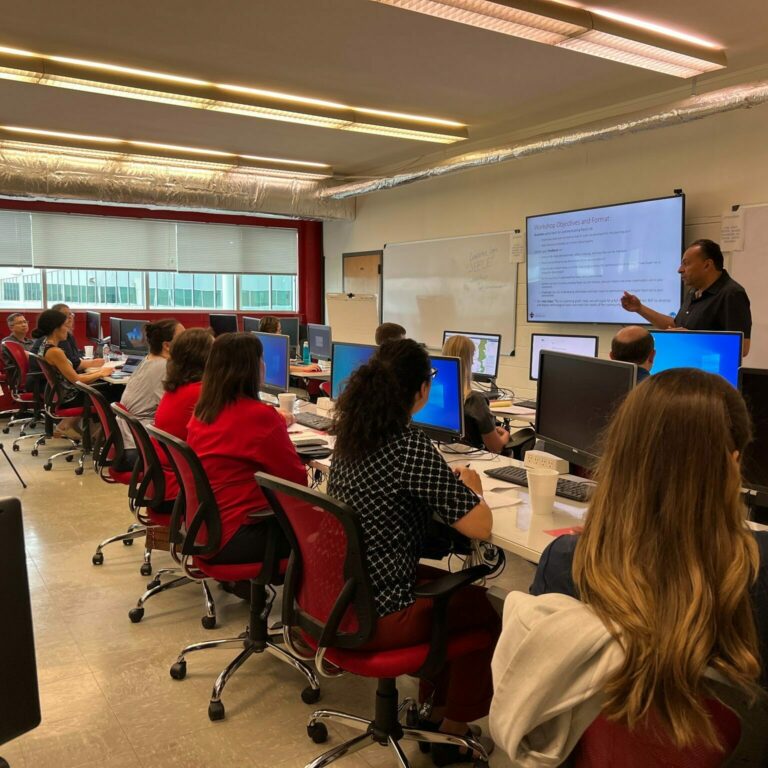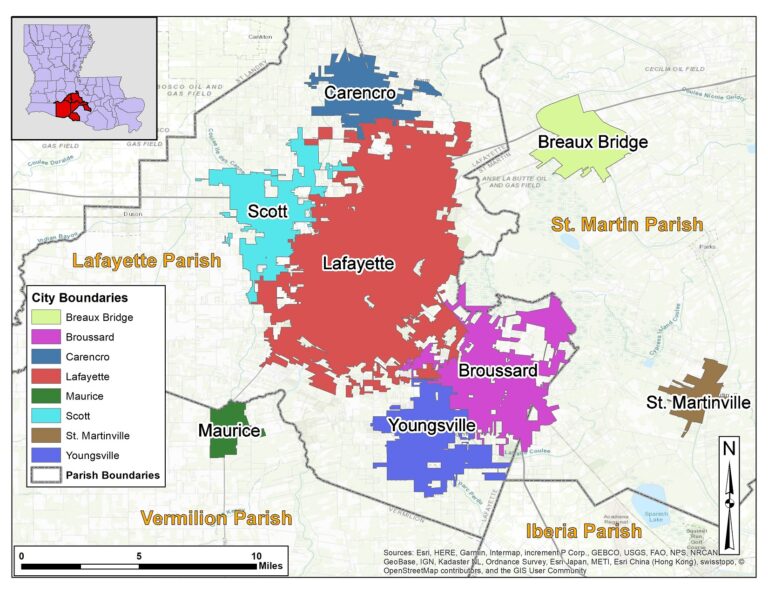As part of our planning grant efforts, we conducted eight focus groups with different community stakeholders, including citizens, flood officials, and community organizations.
The goal of the focus groups was to bring together community members and hear their perspectives on flood risk at both an individual and community level and see whether they understood their flood risk as connected to larger community flood risk, or as solely an individualistic problem that affects them personally.
Main Themes
- How individuals in our community define flood risk and its causes
- How individuals define their community in the context of flood risk
- What are the gaps in knowledge about flood risk and flood mitigation efforts
- What resources the community currently uses and needs to learn about flooding

Key Insights
- Individuals conceive of flooding in relationship to themselves and their immediate circle first.
- Our discussions revealed division within the community in how individuals think about the causes of flooding and the potential solutions for reducing flood risk.

Participants
- Economic development organizations staff from both local and regional groups
- Business leaders representing the areas of engineering, land services, urban planning consulting, and marine services
- Local government staff from Lafayette, Scott, Youngsville, Broussard, Maurice and Lafayette Parish. Departments included Planning and Zoning, the Mayor’s office, Administration, Public Works, and Flood Administration
- Insurance agents representing both commercial and residential
- Regional Planning Commission staff
- Real estate agents
- K-12 educators
- Local environmental groups staff and members
- Local cultural institutions
- Regional United Way staff and volunteers
- Unaffiliated citizens from urban/downtown neighborhoods
- Unaffiliated citizens from recently flooded neighborhoods
- Unaffiliated citizens without flooding experience
Quotes from Focus Group
“If you’ve flooded, you know. You start paying attention. Or if you nearly flooded, you really start paying attention because you don’t want it to happen again. Okay, so if you didn’t flood. You know, you don’t have interest in it, so you may not be paying that much attention.”
“Even though your house doesn’t flood, our streets flood often.”
“I just wonder… had we taken the survey prior to 2016 flooding and [then again] after, what the results would have been. Before that hundred year flood, I would’ve said low, but since our house experienced flooding, I said high.”
“These roads and our infrastructure [are] built to withstand a certain kind of storm, […] and so their capacity isn’t designed to handle it. It’s not like they’re designed wrong, they’re just no longer keeping pace with the rate of precipitation that we’re experiencing today.”
Discoveries
Understanding of Flooding and its Causes
Participants cited the 2016 Floods as a catalyst that changed perception and understanding of flooding, with regards to either their own risk or the risk of others. This variance highlighted the need for accessible information tools that consider local knowledge and historic data.
Definition of Community
Some participants noted that their community was defined broadly, including those in their neighborhood, city, or parish. Others suggested that only those within their immediate proximity, such as their direct neighborhood or within their pre-existing social network, constituted their “community.” Thus, their understanding of flood impact was reliant on experience held by those groups.
Gaps in Knowledge About Mitigation Efforts
Participants noted a perceived lack of understanding about what local governments, builders and developers, and the state and federal governments were doing to mitigate flooding in Lafayette Parish and surrounding communities. Participants also self-identified their own knowledge gaps about what they could do personally to mitigate flooding and the causes of flooding.
Resources Used to Learn About Flooding
Participants mainly cited FEMA flood maps when discussing purchasing homes, rather than during a flood event.Also, the use of trusted individuals was the second-most used resource to learn about flood risk. Trusted individuals could be found in person, via social media, and through personal or recommended connections. At the same time, participants also cited social media and their social circles as sources for seeking information about flooding, indicating a level of community engagement. Resources intended to communicate flood risk (e.g., National Weather Service, FloodFactor) were underrepresented in participant responses.

